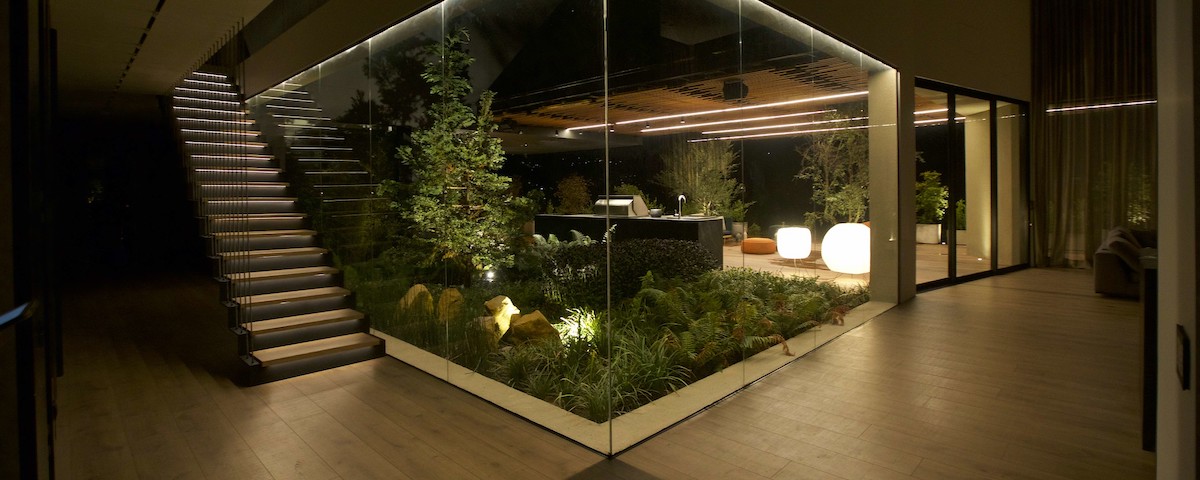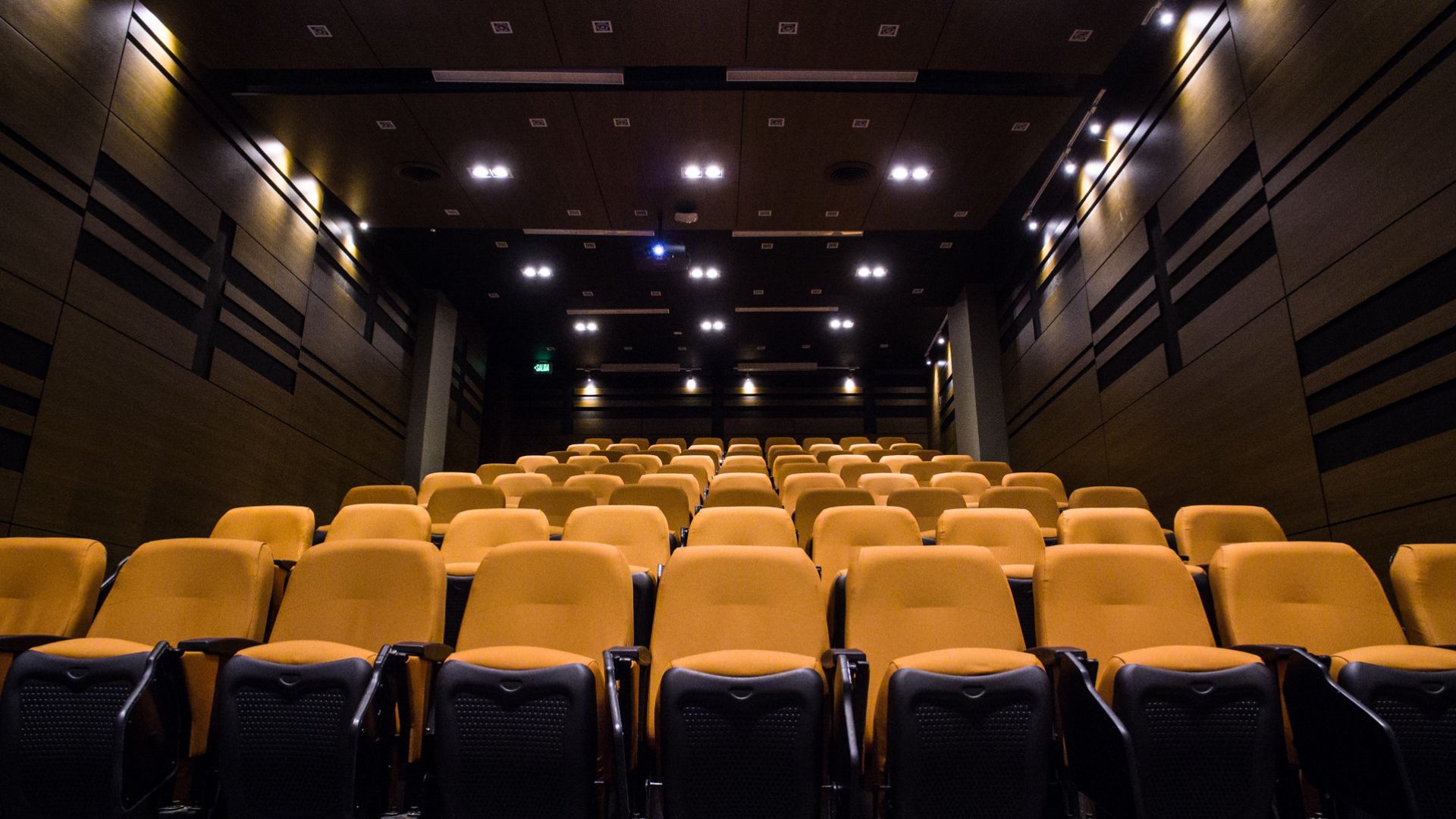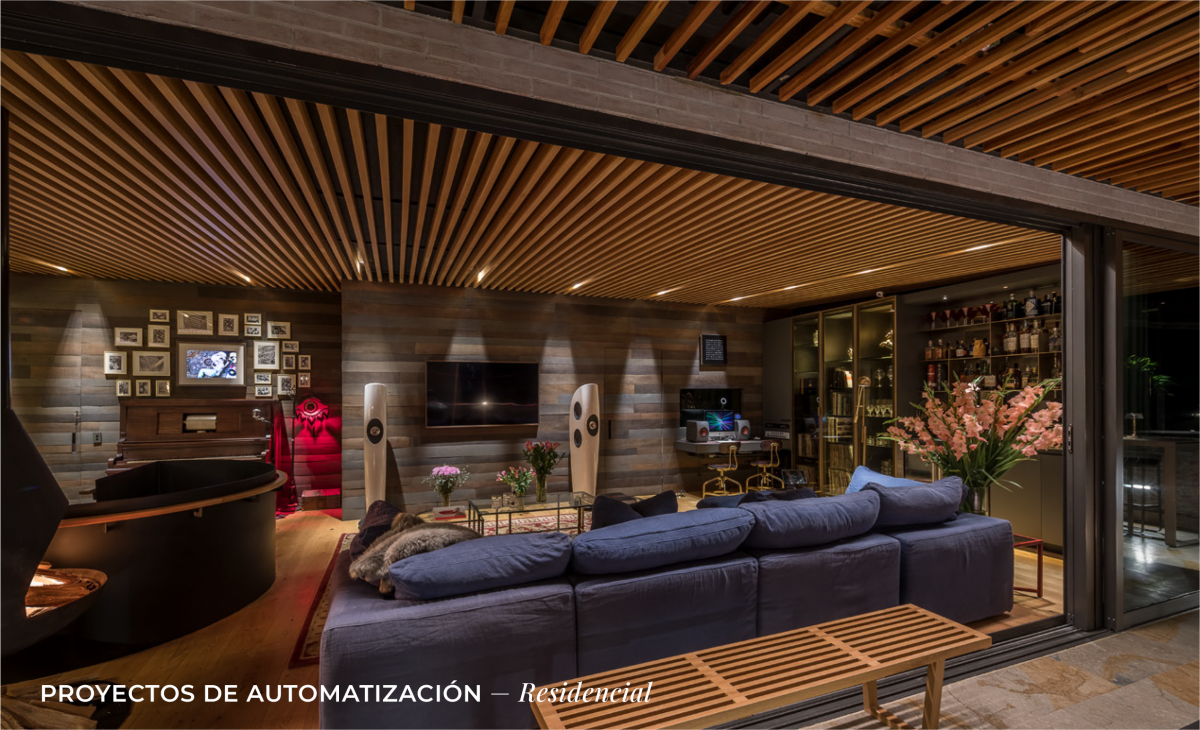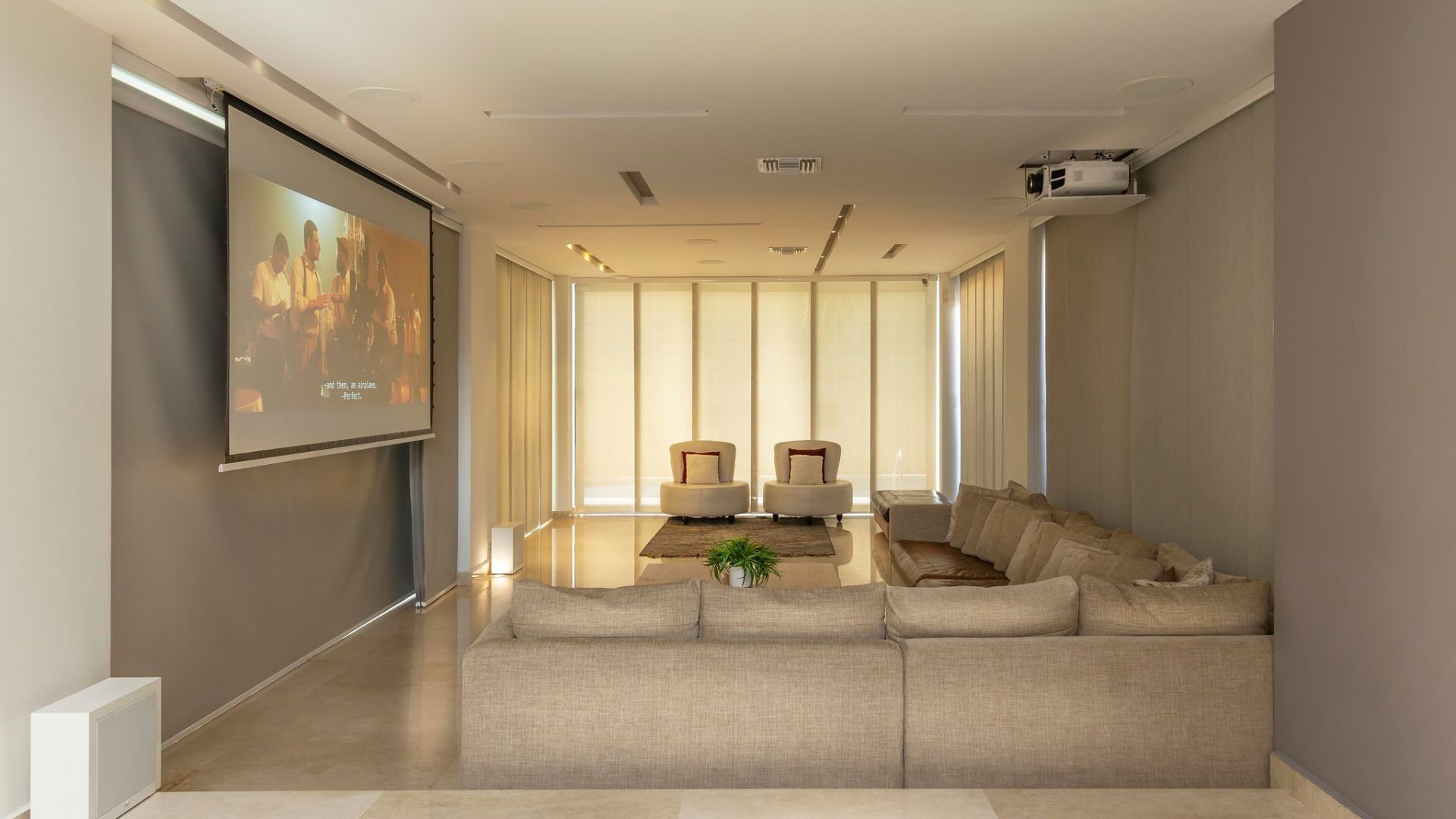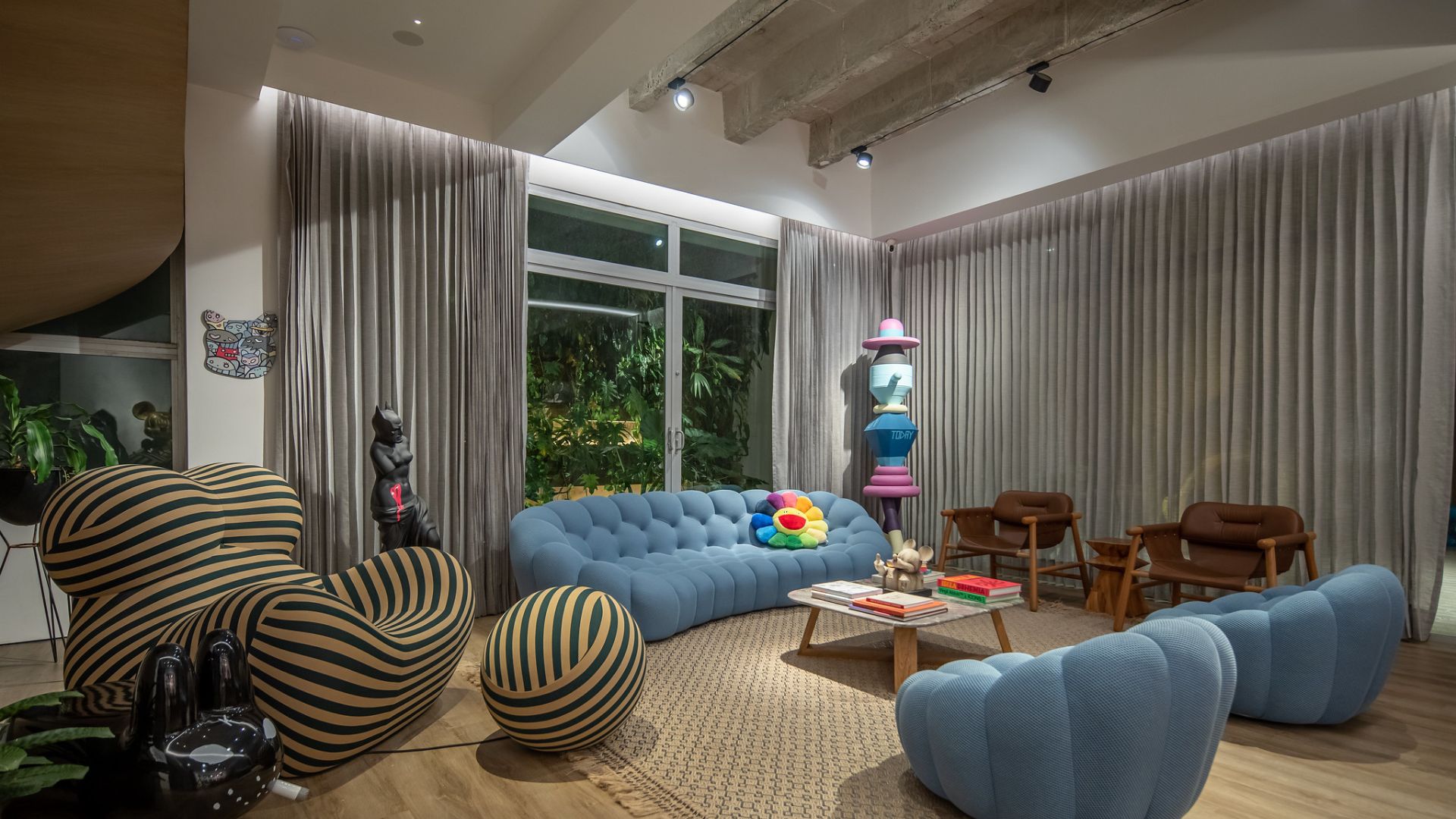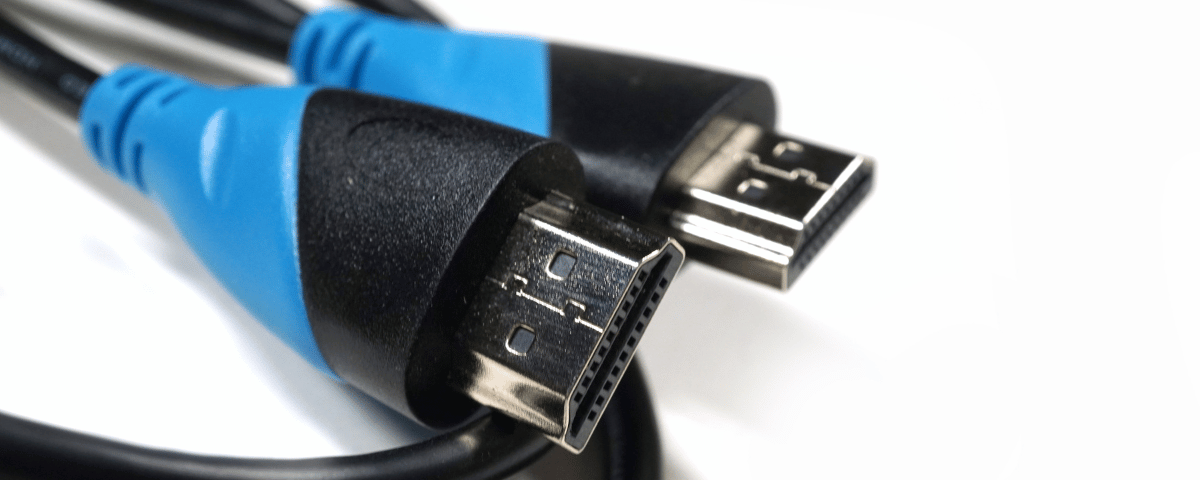Table of contents
LED Projectors for Auditoriums
Would you like to impress your audience with a professional, dynamic, and high-quality presentation? Do you want to convey your message in a clear, effective, and memorable way? Are you looking for a technological solution that allows you to project sharp, bright, and large images in any auditorium?
If you’ve answered yes to these questions, then you need to know about auditorium projectors. These are devices specially designed to offer an optimal visual experience in large spaces filled with people. With them, you can capture the attention, interest, desire, and action of your audience.
But not all projectors are created equal. To choose the best projector for your auditorium, you must consider some key aspects like the screen, resolution, brightness, ambient light, distance, and position. In this article, we will explain each of these aspects and give you some recommendations to make an informed decision.
Screen and Format
The screens in auditoriums and the format are two elements that directly influence the quality of the image and the visual experience you want to offer. The screen is the surface onto which the image is projected, and the format is the ratio between the width and the height of that image.
For an auditorium, it’s ideal to have a large screen and a widescreen format. This way, you can make the most of the available space and ensure good visibility from any angle or distance. Additionally, you can show more content in a single image, which facilitates the understanding and following of your presentation.
The 16:9 or 16:10 formats are the most commonly used in current devices, such as computers or TVs, so they adapt better to digital content. They are also more comfortable for the eyes and create a sense of immersion.
An example of projectors with large screens and widescreen formats are those from the EB-PU series by Epson. These projectors feature innovative technology that allows them to project images up to 300 inches with exceptional quality. They also have a sleek and compact design that blends seamlessly into any environment.
High Brightness and Resolution Projectors

High brightness projector for auditoriums
Resolution and brightness are two factors that determine the sharpness and contrast of the projected image. Resolution is the number of pixels in the image, and brightness is the amount of light emitted by the projector.
For an auditorium, it’s advisable to choose a projector with high resolution and high brightness. This way, you can display detailed, clear, and defined images without losing quality or color. You can also prevent the image from looking blurry or washed out due to distance or the lighting of the place.
A good option is projectors with WUXGA or 4K resolution, offering superior image quality compared to XGA and WXGA. These projectors have over 2 million or 8 million pixels respectively, allowing them to display more information and more detail in each image. Additionally, they are compatible with most of today’s content sources, like computers, consoles, or players.
It’s also important to choose a projector with a brightness of over 6000 lumens, which is the unit that measures light intensity. With this level of brightness, you can project clear and vibrant images, even in environments with a lot of natural or artificial light. You can also reduce eye strain and improve your audience’s attention.
If you have a more limited budget and the auditorium is not very large, you can check out the Laser projectors from the PowerLite series. These projectors feature advanced technology that allows them to project images with WUXGA resolution and a brightness of up to 7000 lumens. They also have an efficient cooling system that prevents overheating and noise.
Ambient Light
Ambient light significantly influences the quality and color of the projected image. Ambient light comes from external sources to the projector, like windows, lamps, or spotlights.
For an auditorium, it’s ideal to have a projector that can withstand and adapt to the ambient light conditions of the place. This way, you can prevent the image from looking dull, discolored, or distorted due to excessive or inadequate light.
A good option is projectors with a laser light source. These projectors have an advantage over traditional lamp-based ones, offering greater durability, efficiency, and color quality. With a laser light source, you can enjoy the following benefits:
- A lifespan of up to 20,000 hours, without needing to change or replace the light source.
- Lower energy consumption and greater eco-friendliness, as they do not generate waste or harmful emissions.
- Greater color fidelity and uniformity, with a wide color spectrum and better white reproduction.
- Higher resistance to variations in temperature and humidity, as they don’t have mechanical or chemical components.
Epson’s projectors with a laser light source feature exclusive technology that combines a laser light source with inorganic 3LCD panels. This allows them to offer exceptional image quality, with vivid and natural colors in any lighting condition.
Distance and Position
Distance and position are two aspects that determine the size and location of the projected image. Distance is the space between the projector and the screen or wall, and position is the angle or height from which the image is projected.
For an auditorium, it’s advisable to have a projector that can adjust to the characteristics of the space and event. This way, you can obtain an image suitable for the size of the auditorium and the number of viewers. You can also avoid issues like the keystone effect or image distortion due to the projection angle.
A good option is projectors with interchangeable or adjustable lenses. These projectors allow you to adapt the size and position of the image based on the distance and angle of the projector. This way, you can choose the most appropriate lens for each situation and obtain a perfect image.
Types of Projector Lenses
Projector lenses are classified according to their throw ratio. This is the proportion between the distance of the projector to the screen and the width of the image. For example, a lens with a 2:1 throw ratio means that to obtain a 6.6-foot wide image, the projector must be 13.2 feet away.
The most common types of lenses are:
- Standard lens: has a throw ratio between 1.5:1 and 2:1. It is most commonly used for projecting medium-sized images in small or medium-sized rooms.

Proyecto Auditorio Centro de Convenciones Puerta de Oro. Conventional Throw Projector
- Short-throw lens: has a throw ratio between 0.8:1 and 1.2:1. It is ideal for projecting large images in small rooms or in spaces with limited room.

Sales Room Project with Short-Throw Lens Projectors
- Ultra-short-throw lens: has a throw ratio less than 0.8:1. It is perfect for projecting huge images at a very short distance or with obstacles.

Project Theater UniAtlántico. The projector is located on the platform. Guaranteeing a sharp and bright image.
Advantages of Ultra-Short-Throw Lens Projectors for Auditoriums
Ultra-short-throw lens projectors are an excellent option for auditoriums, as they offer several advantages, such as:
- Allowing for the projection of images up to 300 inches with a minimum distance to the curtain or wall.
- Avoiding shadows or reflections that occur when someone passes in front of the projector or screen.
- Facilitating installation and transport, being more compact and lighter than other projectors.
- Enhancing the visual experience, by creating a sense of immersion and closeness with the image.
Epson’s EB-PU line projectors come with a standard lens, but it can be replaced with an ultra-short-throw lens if needed. These projectors have innovative technology that allows them to project large images with exceptional quality. Additionally, they have a sleek and discreet design that seamlessly integrates into any environment.
Comparison of a Short-Throw Lens Projector vs Ultra-Short-Throw Lens Projector
For the project at the German School Theater, the goal was to create a striking image that served not just for presentations but to set the atmosphere for the plays. The curtain was immense, almost 33 feet wide. When working with short-throw and ultra-short-throw projectors, it’s crucial to place the projector precisely—12 inches off can mean the difference between an image fully framed on the screen and an image that only covers half the area of the curtain.
The board was uncertain if the lens change was worth it. When talking about the budget, the cost of the lens could easily double with this change. This simulation we performed helped them gauge the benefits of the lens change.
Short-Throw Lens Simulation for Auditorium
For this project, we used an Epson L1495 projector. The simulation with the short-throw lens allowed us to place it under the lighting bridge at a distance of 23 feet from the screen. A person who is 5.41 feet tall (this height was chosen as it’s a school) should stand 7.38 feet away from the screen to avoid casting shadows.

Short-throw lens projector simulation

Epson software simulation of projector with short-throw lens
Ultra-Short-Throw Lens Simulation for Auditorium
Using the same Epson L1495 projector, we conducted a simulation with an ultra-short-throw lens. This lens required us to place it at a distance of 11.15 feet from the screen (which required extra scaffolding and a custom-made bracket for anchoring). A person who is 5.41 feet tall should stand 3.61 feet away from the screen to avoid casting shadows.

Ultra-Short-Throw Lens Projector Simulation

Epson Simulation for Projector with Ultra-Short-Throw Lens
Final Result
In the end, the school made the best decision: a 9,000-lumen Laser projector with an ultra-short-throw lens. Here’s how the installation process went:

High-altitude projector installation
This is the final result:

Presentation by the German School Symphony Orchestra. Source: German School.
As seen in the photograph, excellent image quality was achieved that extends to the auditorium floor, allowing students to present without the inconvenience of the lamp in their eyes or casting shadows on the curtain.
At Schallertech, We Provide Consulting for Projection Solutions
As you have seen, auditorium projectors are a technological solution that allows you to enhance your professional presentations, capturing the attention and persuading your audience. To choose the best projector for your auditorium, you should consider aspects like the screen, resolution, brightness, ambient light, distance, and position.
But you don’t have to do it alone. At Schallertech, we offer a comprehensive service of consultation, installation, and maintenance for auditorium projectors. We are leading integrators in AV technologies, lighting, control, and acoustics in Latam. Our team consists of highly trained professionals certified by the best brands in the market.
If you want to learn more about our services or request a quote, don’t hesitate to contact us. We will be delighted to assist you and help you find the ideal projector for your auditorium. Don’t wait any longer and make the leap to professional quality with Schallertech!
Our Portfolio
Table of contents


